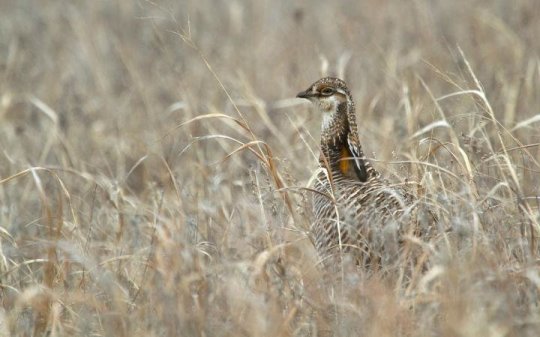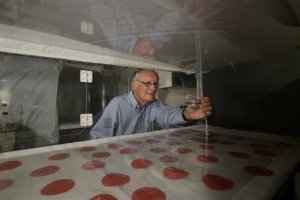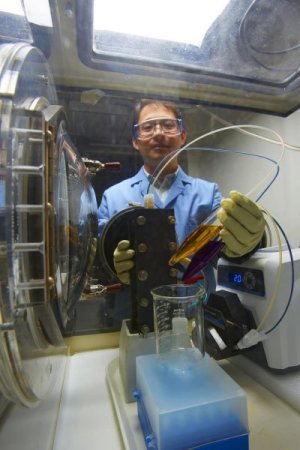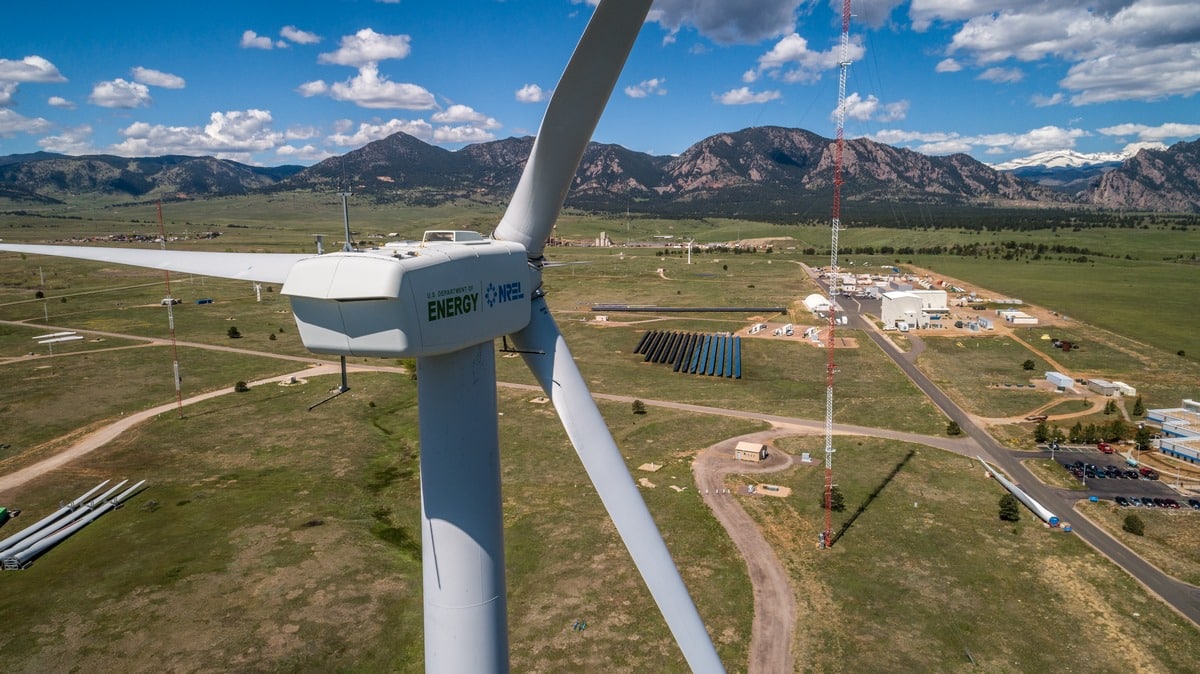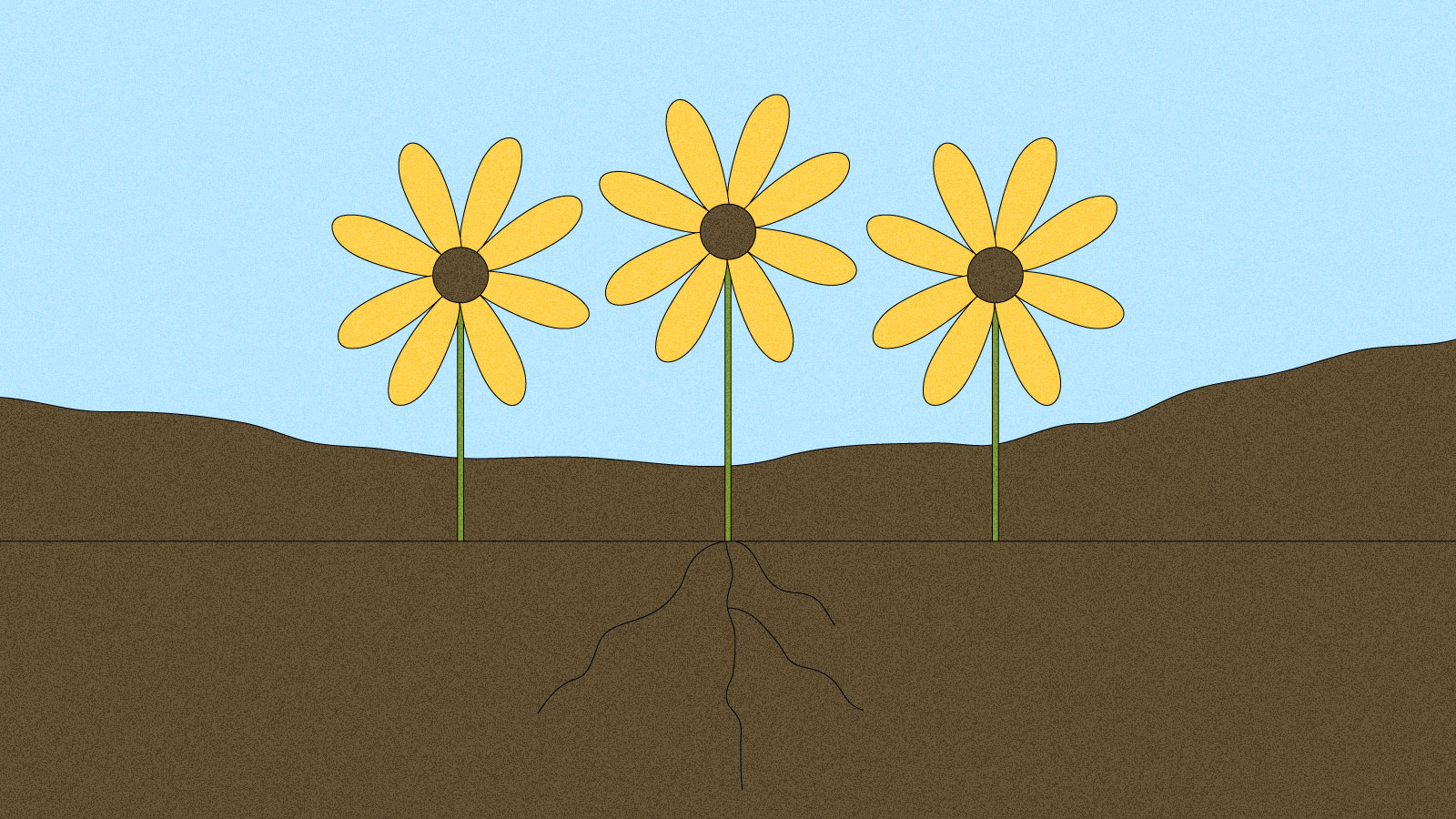Renewable energy sources such as solar and wind are declining in prices. This especially refers to latter as according to the US Department of Energy report wind energy prices have gone below 2.5c/kWh in 2014, which is a 65.5{f24b02adee2102ff0c5f5079c50862fc8ba5fa53f8615b567037555463da2377} decline compared to 2009.There are many utilities which are now selecting wind as one of the cheapest renewable energy options, particularly in the central United States. This means that wind energy is now cost-competitive and economically viable option that can compete with coal and natural gas in many U.S. states.The strong growth of wind energy sector in United States does not only mean more clean renewable energy and less fossil fuels burned, it also means plenty jobs for U.S. economy. It has been estimated …





